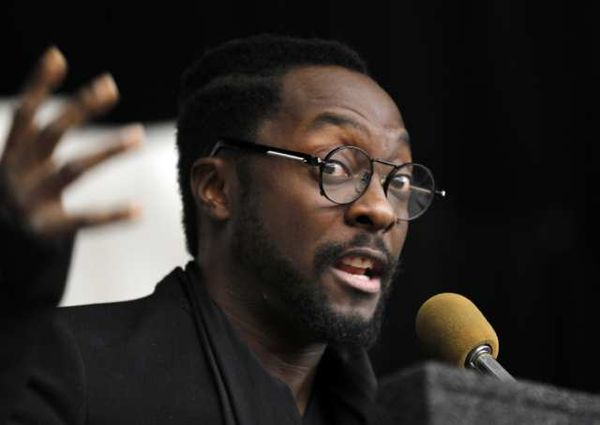$100,000 Strong Provides Funding to SFSU
 SF State has been selected to receive funding through President Barack Obama’s “100,000 Strong Initiative,” enabling the University to offer student travel scholarships to make studying abroad in China more affordable.
SF State has been selected to receive funding through President Barack Obama’s “100,000 Strong Initiative,” enabling the University to offer student travel scholarships to make studying abroad in China more affordable.
During Chinese President Hu Jintao’s recent visit to the U.S., First Lady Michelle Obama announced $3.25 million in private sector support for the “100,000 Strong Initiative,” which is designed to increase the number and diversity of American students participating in study abroad programs at universities in mainland China.
“We make our programs financially accessible, but one of the biggest costs for students studying in China is expensive flight tickets,” said Hildy Heath, director of the Office of International Programs. “These scholarships will help our students to realize their goals of studying in China.”





